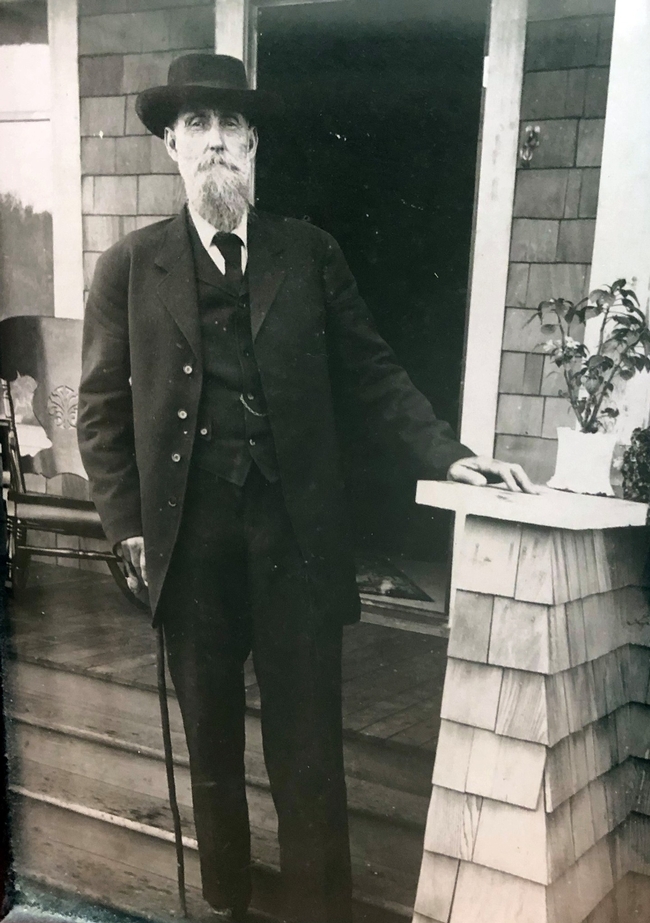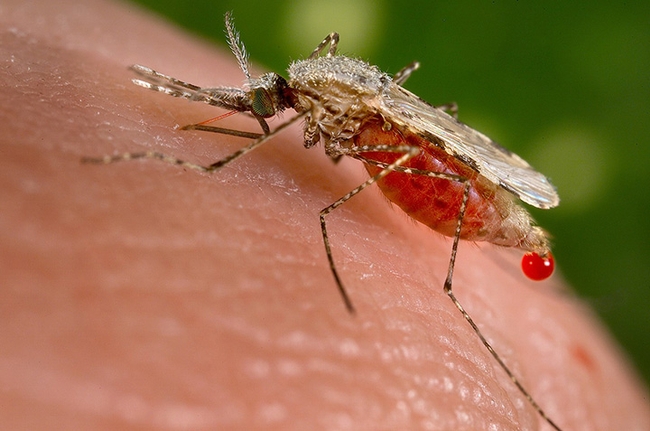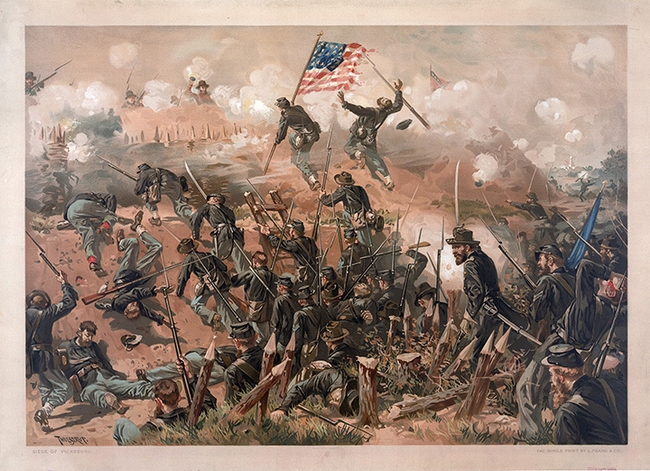
The soldiers called the mosquitoes "gallinippers."
Physicians had not yet linked malaria to Anopheles mosquitoes. They believed "humidity" or “swamp effluvia" caused what they called "intermittent fever."
Soldiers who contracted "intermittent fever" complained of "ague" (fever and chills) or "the shakes."
Sam, a towering farm boy from Linn., Mo., was 18 when he enlisted in the Union Army. Company commanders selected him as the color bearer for three reasons: his height (6' 3"), his strength (hoisting the flag and flying it high) and his courage (front lines)
"Being a color bearer (aka carrying the flag), was a prestigious and important role in the Army. Not only were you carrying the symbol of what you were fighting for, the flag was any easy mark for soldiers to organize around," according to an article written in a National Museum of Civil War Medicine post by Amelia Grabowski, the outreach and education coordinator at the National Museum of Civil War Medicine and the Clara Barton Missing Soldiers Office Museum.
"When one color-bearer fell, another immediately took his place. For instance, Colonel D. K. Mcrae of the 5th North Carolina Infantry, Commanding Brigade recorded this about the Battle of Williamsburg: My color bearer was first struck down, when his comrade seized the flag, who fell immediately. A third took it and shared the same fate; then Capt. Benjamin Robinson, of Company A, carried it until the staff had shivered to pieces in his hands."
"...The flags made them (color bearers) easy and enticing targets," Grabowski wrote.
Young Samuel carried the flag in three of the bloodiest battles of the Civil War: the Battle of Lookout Mountain, and the battles of Chicamauga and Chattanooga. A musket tore a hole in his flag but he emerged from the Civil War physically unscathed.

"The diagnosis of malaria at the time of the Civil War was made by symptoms and not the laboratory tests we use today," wrote Lloyd Klein and Eric Wittenberg of San Francisco, in Hektoen International, a Journal of Medical Humanities. "Nineteenth-century physicians diagnosed malaria as a recurrent, intermittent, or 'periodic' fever and categorized it according to how often fever spikes or 'paroxysms' occurred. A 'quotidian' fever occurs once every twenty-four hours, a 'tertian' every forty-eight, and a 'quartan' every seventy-two."
The authors related that malaria killed some 30,000 Civil War soldiers. Among Union soldiers, some 10,000 died of malaria, and records show more than a million cases of the disease.
Ironically, after surviving the Civil War, Samuel Davidson Laughlin died from blood poisoning when a splinter lodged in his hand when he was carrying an armload of firewood into the family home in Castle Rock, Wash. The color bearer, the husband, the father, and the grandfather died Feb. 24, 1910 in an Oregon hospital. He is buried on a knoll overlooking the historic round barn (now in the National Register of Historic Places) that he built in 1883.
His gravestone reads simply: "Gone, but not forgotten."
Attached Images:
